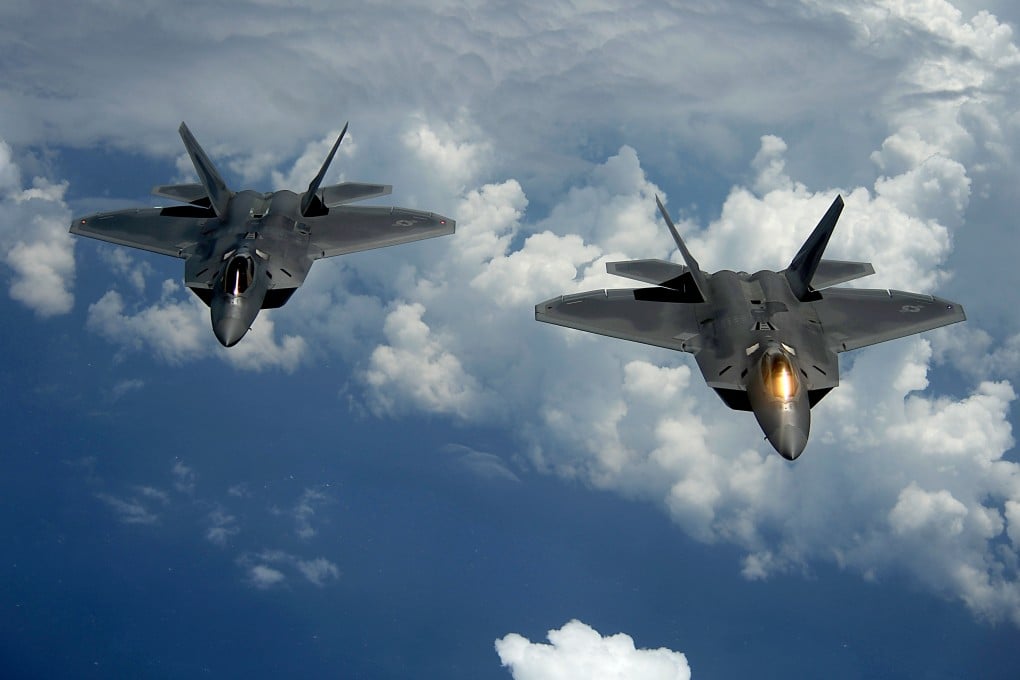China’s online commenters seize on drop in F-22 engine performance data
The US supersonic fighter jet is a benchmark for Chinese aviation developers but revisions spark debate about its other parameters

Some observers suggested that the adjustment indicates the F119, developed in the 1990s, may fall short of expectations. They also speculated that other performance parameters – such as thrust, fuel efficiency and lifespan – may have been overstated.
Thrust-to-weight ratio is typically denoted as both with and without afterburner. The F119’s Wikipedia page was amended by contributors to reflect lower results for each category.
The contributors cited a Rand technical report, various research papers and a 2002 update to a US Air Force technical order, all of which are available online.
Wikipedia lists a maximum thrust of 26,000 pounds of force (lbf) at intermediate power, delivering a thrust-to-weight ratio of 5.2:1, based on an engine dry weight of 5,000lbs. Earlier versions of the page cited a dry weight of 3,900lbs and a ratio of 7:1.
With the afterburner engaged, the engine achieved more than 35,000 lbf, with a thrust-to-weight ratio of 7:1, according to the updated data. Previously, the Wikipedia entry put this second parameter at a much more impressive 10:1.